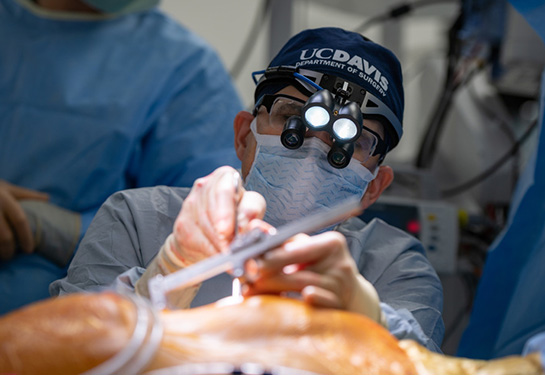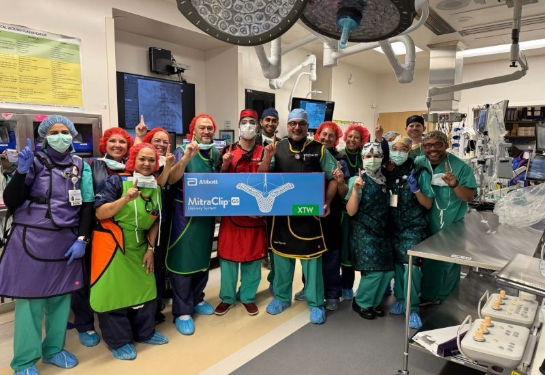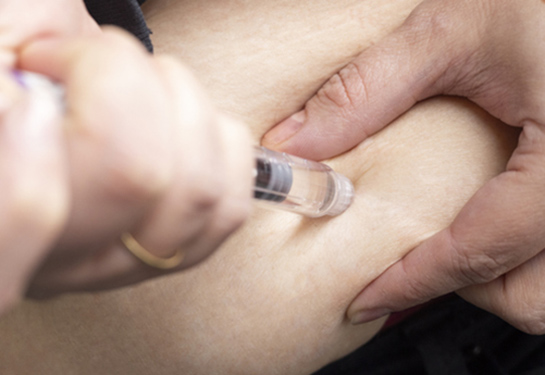New minimally invasive treatment for thoracic aortic arch disease
UC Davis Medical Center is one of 30 approved sites for clinical study
Thousands of patients have new hope for treatment of thoracic aortic arch disease, thanks to a new minimally invasive treatment being tested at UC Davis Health. UC Davis Medical Center is one of 30 sites in the United States approved to investigate the NEXUS Aortic Arch Stent Graft system.
The non-randomized clinical study is known as TRIOMPHE. It will evaluate the safety and effectiveness of the NEXUS system in treating problems of the thoracic aorta that involve the aortic arch – the top part of the main artery carrying blood away from the heart. Bob Kiaii, chief of cardiothoracic surgery and Steven Maximus, assistant professor of vascular surgery, are the primary investigators.
“Treating patients with thoracic aortic arch disease presents many challenges due to the size, shape and location,” Maximus explained. “Current treatment of these pathologies is only open surgical repair. That currently requires sternotomy [opening of the chest] and hypothermic circulatory arrest (suspending blood flow under very cold body temperatures). Despite major advances, open chest surgical aortic arch repair has relatively high death and complication rates, and for these reasons, many patients aren’t eligible.”
We are excited to offer patients a minimally invasive option for a condition that previously could only be treated with major open surgery. With this system, we have the potential to create a better experience for patients and improve outcomes.”—Steven Maximus
The NEXUS system was engineered to overcome the challenges of the aortic arch anatomy. A surgeon delivers it by traveling through a patient’s vascular system using fluoroscopic guidance (x-ray pictures), starting with a small incision or needle puncture near the groin. This is called an endovascular approach.
NEXUS is designed to make a minimally invasive repair possible for more patients while possibly reducing the risks of surgery. This could lead to a reduction in procedure time and hospital stays, as well as potentially better outcomes.
“We are excited to offer patients a minimally invasive option for a condition that previously could only be treated with major open surgery,” Maximus said. “With this system, we have the potential to create a better experience for patients and improve outcomes.”
For more information about the TRIOMPHE clinical trial and the NEXUS device, visit the company’s website.






